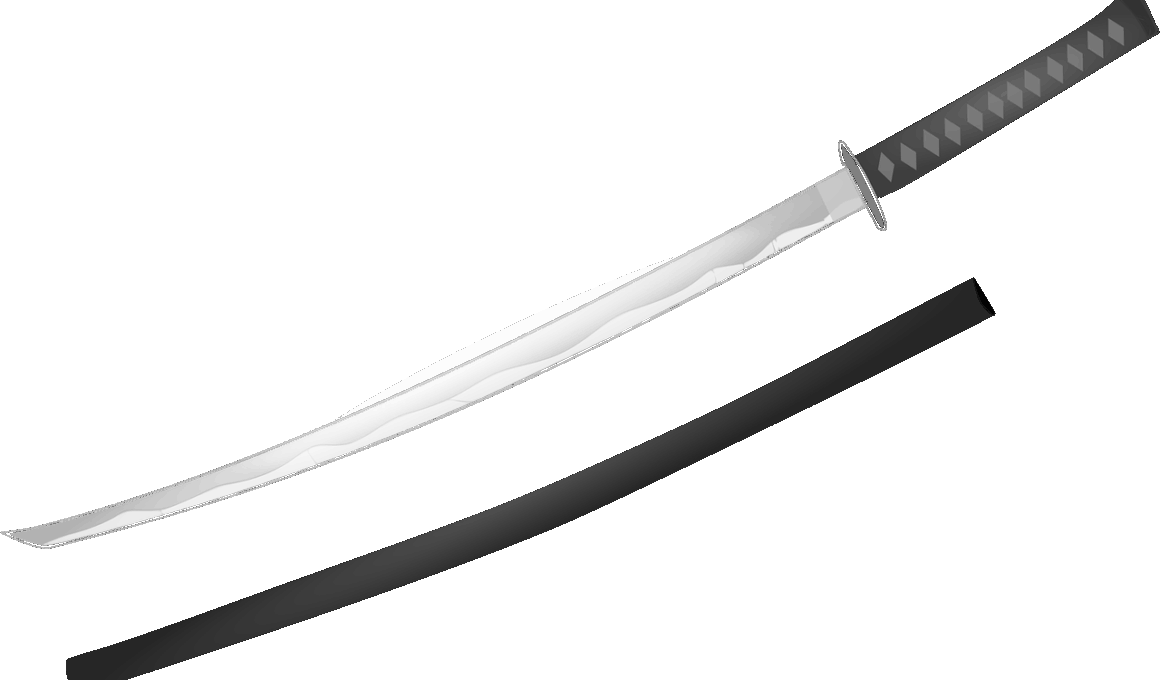Introduction to Weapon-Based Martial Arts
Weapon-based martial arts represent a fascinating aspect of self-defense training that incorporates a variety of tools and strategies. Practitioners learn how to defend themselves using weapons, which can significantly enhance their combat effectiveness. These arts are not only practical but also historical, often tied deeply to the cultures from which they originate. They teach users respect for the weapon and emphasize discipline and skill development. By learning weapon-based styles, students gain insights into strategy, timing, and distance, all of which are transferable to unarmed combat as well. Moreover, these arts can be practiced recreationally, aimed at improving fitness or developing focus and mindfulness. There are numerous styles available, each offering various techniques and weaponry. Some techniques center on bladed weapons, while others may focus on blunt instruments. Additionally, these forms of martial arts often involve intricate forms and katas, which help practitioners refine their movements and strategies over time. In many instances, martial artists may also participate in competitions or demonstrations that showcase their skills and proficiency with different weapons. Clearly, weapon-based martial arts encompass rich traditions that warrant exploration and respect.
1. Kendo: The Art of the Sword
Kendo, originating from Japan, is a dynamic martial art focusing on swordsmanship with bamboo swords called shinai. Practicing Kendo helps students develop not only physical skills but also strong mental discipline. The emphasis on respect for the sword and the opponent fosters an attitude of humility and determination within practitioners. Kendo practitioners wear protective gear, including a helmet (men), body armor (dō), and gloves (kote), allowing for full-speed sparring while minimizing injury risk. This practice emphasizes precision, speed, and the application of technique to outmaneuver opponents. Competitions in Kendo are intense and draw large crowds, showcasing both skill and sportsmanship among participants. The principles behind Kendo promote a focus on self-improvement through rigorous practice and continuous learning. Additionally, learning the philosophical aspects of Kendo enriches the overall experience, as it encourages a deep understanding of the martial art’s history and values. As a weapon-based martial art, Kendo perfectly demonstrates the balance of aggression and control, making it a quintessential discipline for anyone interested in harnessing their potential as a martial artist.
2. Filipino Martial Arts: A Rich Tradition
Filipino martial arts, commonly referred to as Kali, Arnis, or Eskrima, emphasize the use of sticks, knives, and various other weapons. These arts are steeped in tradition, illustrating the unique history of the Philippines through their techniques and forms. Practitioners learn to use weapons effectively and to defend against them, focusing on fluid movements and adaptability. The training often includes empty-hand techniques, making it a versatile art that can be applied in various self-defense scenarios. The techniques are designed to be practical, allowing practitioners to operate in high-stress situations with increased confidence. Moreover, training in Filipino martial arts involves working in pairs, which helps build timing and distance control through contact drills. By practicing drills, students become adept at reacting to different situations and opponents, enhancing their overall teaching effectiveness. Engaging in competitions allows practitioners to test their skills and showcase beautiful knife and stick techniques, demonstrating the effectiveness of their training. Not only does Filipino martial arts teach self-defense skills, but it also connects participants to a rich cultural lineage that’s as vibrant as it is effective.
3. Brazilian Jiu-Jitsu: Integrating Weapons
Brazilian Jiu-Jitsu (BJJ) may not seem like a traditional weapon-based martial art, yet its adaptation to include weapons training is essential for modern practitioners. BJJ focuses predominantly on ground techniques and submissions, allowing practitioners to control opponents effectively. Integrating weapons tactics enhances the art, enabling martial artists to understand the implications of fighting with a weapon. Training incorporates both grappling and self-defense components, ensuring practitioners can defend against armed assailants while leveraging their existing skill set. Moreover, cross-training in BJJ alongside weapon arts creates well-rounded fighters, increasing their adaptability and effectiveness in varied situations. While BJJ focuses on disarming techniques and controlling the weapon, the practitioners learn to maintain awareness of their surroundings and effectively assess threats. By recognizing the potential for weapon usage in combat, BJJ teaches the importance of risk management and strategy. Ultimately, incorporating weapons training elevates Brazilian Jiu-Jitsu to new heights, creating fighters who are not only skilled on the ground but equipped to handle weapons effectively. This adaptation keeps BJJ relevant and versatile in today’s dynamic self-defense landscape.
4. Krav Maga: Practical Defense Style
Krav Maga is a martial art developed by the Israeli military, known for its emphasis on practical self-defense techniques. This style incorporates a wide range of tools and weapons to prepare practitioners for real-world encounters. The training focuses on quick, efficient responses to various attacks, where practitioners learn to use everyday objects as potential weapons. Each technique is grounded in realistic scenarios, which helps instill confidence in participants when facing aggressive threats. The simplicity and effectiveness of Krav Maga make it accessible for people of all fitness levels. Training sessions often involve sparring, drills, and simulations to replicate high-pressure situations, ensuring individuals can act appropriately when confronted with danger. The objectives extend beyond just physical defense, as Krav Maga promotes mental resilience and quick decision-making skills. Participants learn the significance of situational awareness and pre-emptive measures to avoid conflict effectively. In this sense, Krav Maga becomes an essential part of any martial artist’s repertoire, equipping them to handle diverse threats realistically and effectively, thereby highlighting its reputation as a practical self-defense option for all.
5. Silat: The Art from Southeast Asia
Silat is an ancient martial art originating from Southeast Asia, combining various weapon techniques, including knives, sticks, and improvised tools. This art embodies a rich cultural heritage, often featuring elegant movements and intricate footwork. Practicing Silat provides fighters with an incredible arsenal of strikes, defense techniques, and grappling maneuvers. The system places significant emphasis on the principles of balance and control, enabling practitioners to anticipate and respond effectively during conflict. Training sessions often include working with wooden blades or training knives, developing proficiency in weapon handling. The use of different weapons in Silat often reflects the historical influences of the regions where the art is practiced, showcasing its diversity. Additionally, competitive events create opportunities for practitioners to demonstrate their skills and cultural background. As a weapon-based martial art, Silat encompasses both traditional forms and modern application, making it relevant for contemporary practitioners while respecting its rich lineage. Students of Silat often describe the fighting style as fluid and dynamic, fostering creativity and adaptability through practice, essential components in both martial arts and real-life scenarios.
6. Historical European Martial Arts: Understanding the Past
Historical European Martial Arts (HEMA) involve the study and practice of medieval and Renaissance fighting techniques, specifically focusing on weapons like swords, axes, and polearms. This martial art allows practitioners to explore techniques preserved through historical texts, offering insights into combat strategies of the past. HEMA encourages participants to understand the mechanics of weapons, helping develop muscle memory and effective strategies for various combat scenarios. Training often includes working individually and in pairs to study different stances, strikes, and techniques. The practice of HEMA emphasizes safety and control, allowing participants to explore historical weapon techniques while minimizing the risk of injury. Events and competitions allow practitioners to showcase their skills and interpretations of the art, fostering a deeper connection to historical lineage. This aspect of HEMA not only promotes a sense of camaraderie among practitioners but also instills respect for the traditions behind the techniques. Understanding HEMA as a weapon-based martial art enriches any martial artist’s perspective, offering diverse skills and fostering appreciation for combat as it has evolved throughout history.
7. Taekwondo: The Power of Traditional Kicking
Taekwondo stands out primarily for its emphasis on striking techniques, particularly high, fast kicks. Although commonly seen as an unarmed martial art, Taekwondo practitioners often include the use of specific weapons in their training, such as sticks or knives, enhancing their overall combat capability. The philosophy behind Taekwondo also builds a strong foundation in discipline, respect, and personal development, key components contributing to its global popularity. Learning various kicking techniques helps students develop agility, flexibility, and strength, attributes highly beneficial in self-defense situations. In addition to practical applications, Taekwondo competitions offer exciting sporting environments where practitioners can test their skills against others. Integration of weapons practice adds more versatility to the art, ensuring practitioners are more rounded in their abilities and approaches. The use of weapons creates additional dimensions to traditional Taekwondo, allowing for enriched training experiences. Most importantly, Taekwondo promotes a lifestyle centered on mental focus and continual self-improvement. As practitioners train in weapon techniques, they discover new layers of Taekwondo’s rich traditions and its relevance in self-defense contexts, ensuring they possess a well-rounded skill set.


